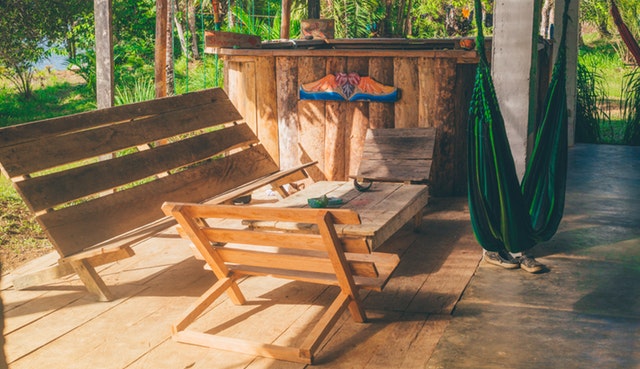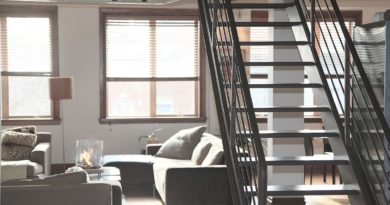How to Make Tree Furniture
Fashioning furniture from tree branches and stumps is an art, not a controlled and thought through science. Basic plans for many different kinds of furniture can be purchased on the internet or from local woodcraft shops or garden and home centres. Although these designs will act as a guide, the timber chosen for your undertaking, the individual qualities of the limbs and the imagination of you as a craftsman will decide on the results of the end product. The home improvement woodworker will discover great pride in fashioning furniture in the tradition of those early innovators. Experiment and revel in the procedure and the journey.
Measure 1
Harvest the timber. When picking tree species such for the purpose of fashioning tree furniture out of tree limbs, then there’s nolimit on species or variety. Choose a variety with all the features that will meet your design aims. Start looking for burls, spins, snags and pops which provide the limb or branch visual attention and will accommodate to your woodworking demands. Many species of pine operate nicely in tree limb furniture layouts as well as cedar, maple, elm and others. Limbs are easiest to utilise promptly after cutting. Based upon the size and positioning of this tree, limbs might be gathered using a chainsaw or handsaw.

Measure 2
Measure a piece of industrial furniture and use the dimensions to your job after you determine the sort of furniture item to craft. Cut the limbs to size using a table or hand saw. Eliminate excess twigs, branches and leaves with pruning shears, little hand found or small chisel and rubber mallet. Use a hand sander with 100-grit paper to eliminate splinters and rough spots.
Measure 3
For tree wood furniture, select tree limbs which are firm and well-shaped. Prevent yourself from using limbs which are decayed or show signs of rot or insect infestation. Pick limbs which are powerful enough to encourage weight if chosen for a seat or stool. Decorative trim pieces might function as a lighter weight or thickness but legs and inviting limbs have to be sturdy and powerful. Twist mortised tendon joints using a hatchet. After fitting the joints, then wrap the joint with leather strips which were soaked in water. Since the leather dries it’s going to shrink, forming a tight and fitted joint.
Measure 4
Cut tree branches and limbs in spring when the sap begins to grow in the timber. Should you choose to peel off the limbs of the bark, the bark is simplest to eliminate at this moment. Eliminate bark using a sharp drawknife, little wood airplane or scraper. Bark does not have any influence on the structural integrity of the final piece of furniture. Some woodworkers decide to “skip-peel” limbs, a method that simply eliminates some of their bark and leaves some of the bark connected to the limb to create a more rustic end. Scrape using short steady strokes. Apply even pressure in order to not cut too deeply into the timber. Eliminate bark prior to building the piece of furniture.
Measure 5
Soak branches or limbs in water to keep them pliable until you’re all set to style them into furniture. Box elder and willow limbs are simple to braid and control when soaked for 24 to 48 hours after cutting. Shape the limbs as basically as possible because of their intended function, this type of round chair back or curved arms chairs or sofas. Don’t overly stress the timber to prevent breaking when dry. Bent twigs Can be fastened with screws or lashed together with leather.








